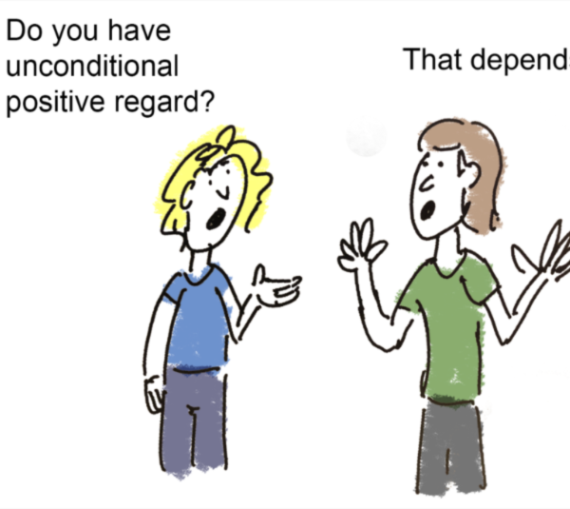In the world of education, there’s a concept that can have a profound impact on students’ lives, both academically and emotionally: Unconditional Positive Regard (UPR). Developed by Carl Rogers, a renowned American psychologist, UPR is a fundamental principle of person-centered therapy. Its application in schools, however, can create a supportive, nurturing environment that promotes student well-being, self-esteem, and academic success. In this blog post, we’ll explore the importance of UPR in schools and its potential benefits.
What is Unconditional Positive Regard?
Unconditional Positive Regard, often abbreviated as UPR, is a therapeutic concept emphasizing the unconditional acceptance and respect of an individual. It involves treating a person with empathy, genuine care, and without judgment, regardless of their behavior or characteristics. When applied to the educational context, UPR implies treating students with unwavering respect, kindness, and understanding, regardless of their academic abilities, background, or personal challenges.
The Importance of UPR in Schools
- Fostering a Safe and Inclusive Environment
UPR creates a safe and inclusive environment where students feel valued, respected, and accepted for who they are. When students know that they won’t be judged, criticized, or rejected for their thoughts, feelings, or actions, they’re more likely to feel comfortable expressing themselves and engaging in open communication. This sets the stage for a healthy learning environment.
- Promoting Self-Esteem and Confidence
When educators employ UPR in their interactions with students, they contribute to the development of positive self-esteem and self-confidence. Students who feel respected and cared for are more likely to believe in themselves and their abilities. This can have a significant impact on their willingness to participate in class, take risks, and explore their potential.
- Enhancing Learning and Academic Success
UPR can boost academic achievement as well. When students feel supported and appreciated, they are more motivated to learn. They are less likely to fear failure and more likely to take on challenges, which can result in better performance and a deeper commitment to their studies.
- Improving Behavior and Classroom Dynamics
Unconditional Positive Regard also has the power to improve classroom dynamics and reduce disruptive behavior. When teachers approach students with respect and understanding, students are more inclined to reciprocate. This can create a more positive classroom atmosphere and foster a sense of community among students.
How to Implement UPR in Schools
- Actively Listen: Show a genuine interest in students’ thoughts and feelings. Listen actively without interruption, and validate their experiences and emotions.
- Empathize: Try to understand the perspective of your students, even when you don’t agree with their actions or choices. Empathy can go a long way in creating a connection.
- Avoid Labels and Judgment: Refrain from labeling students or making quick judgments about their character based on their behavior. Remember, every student is unique.
- Encourage Open Communication: Create an environment where students feel comfortable sharing their thoughts and concerns. Encourage questions and open dialogues.
- Recognize Effort and Progress: Celebrate students’ efforts and progress, not just their final achievements. Acknowledging their hard work can motivate them to continue improving.
Unconditional Positive Regard is more than just a therapeutic concept; it’s a powerful philosophy that can transform the educational experience for students. By practicing UPR in schools, educators can create an atmosphere of acceptance, understanding, and respect that not only supports students’ emotional well-being but also enhances their academic growth. The effects of UPR can extend far beyond the classroom, influencing students’ lives and shaping the compassionate, empathetic, and open-minded individuals they become.
